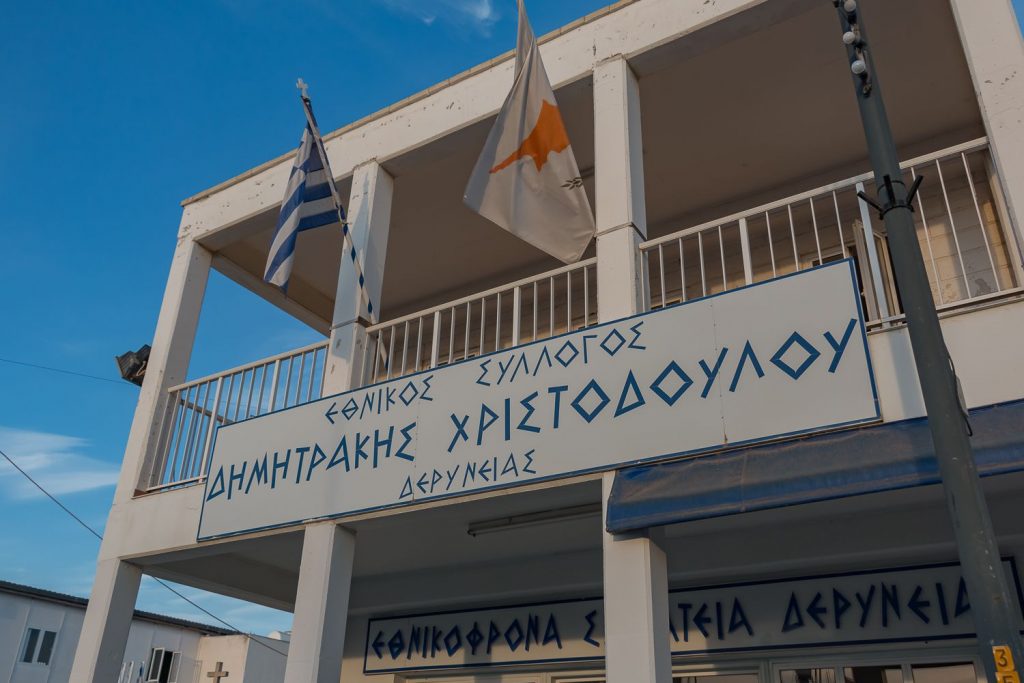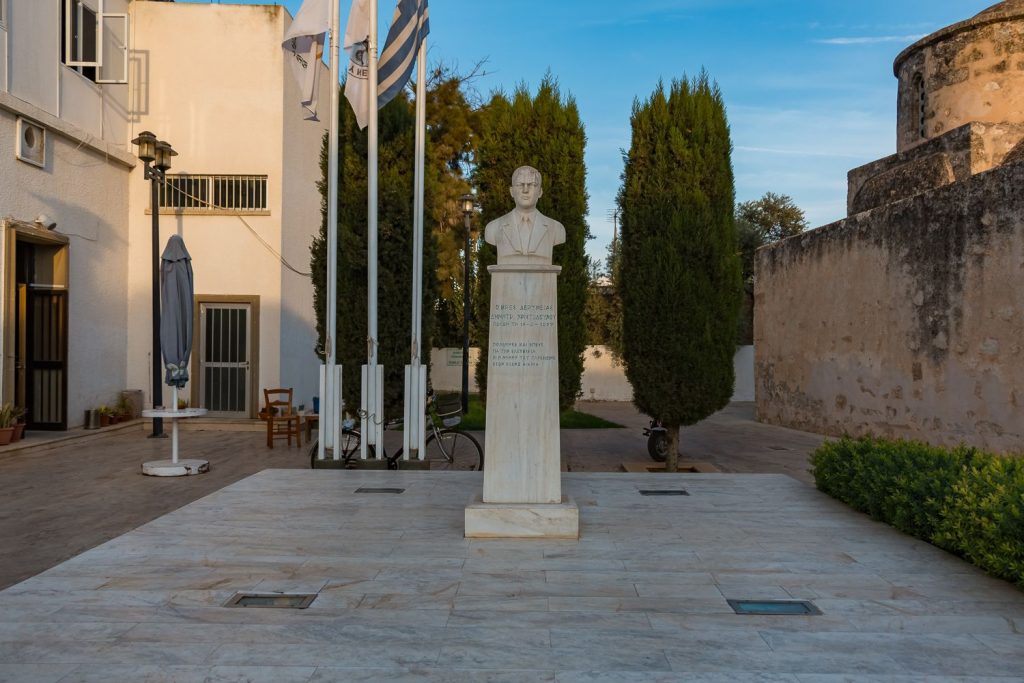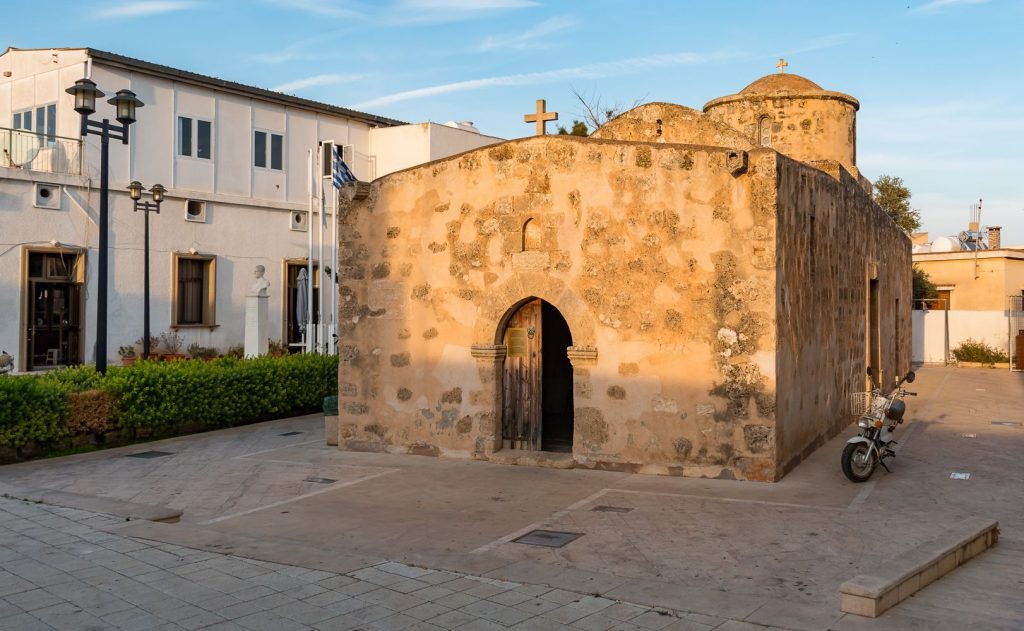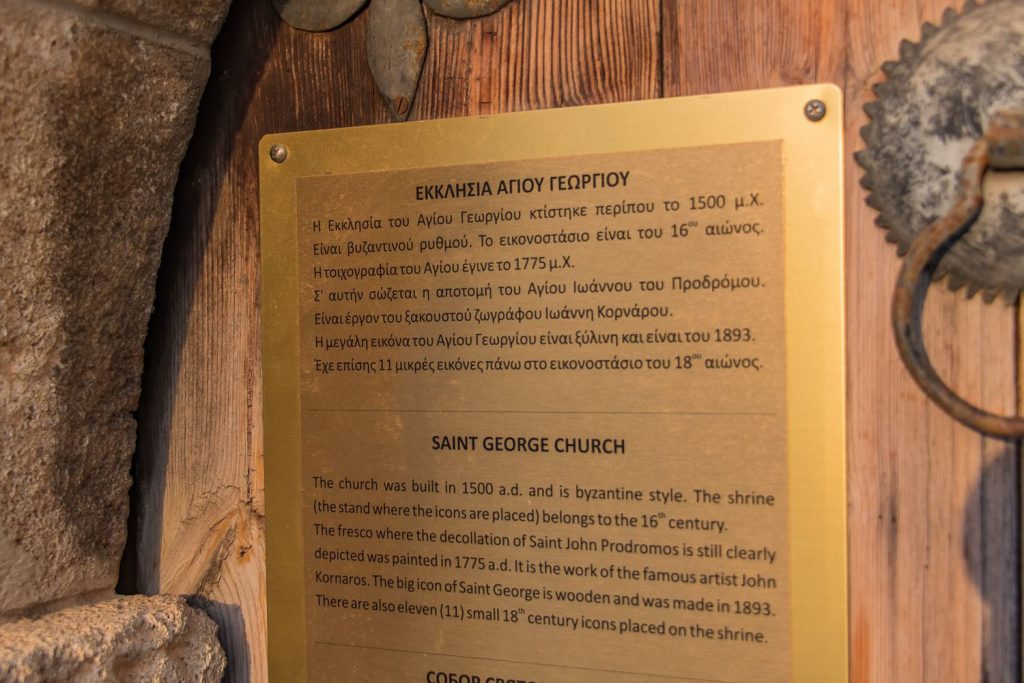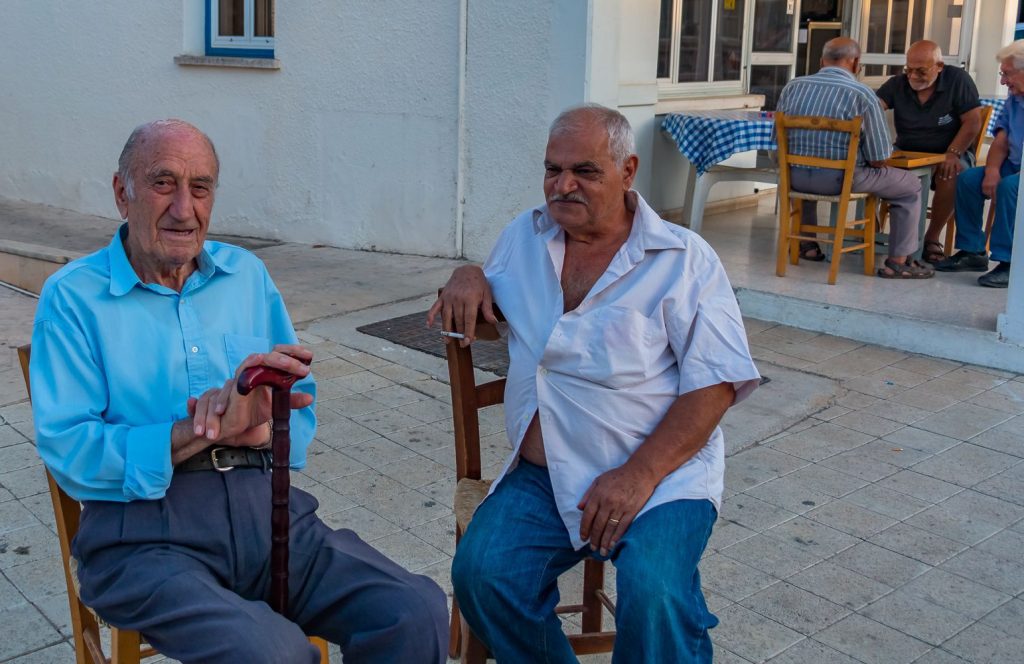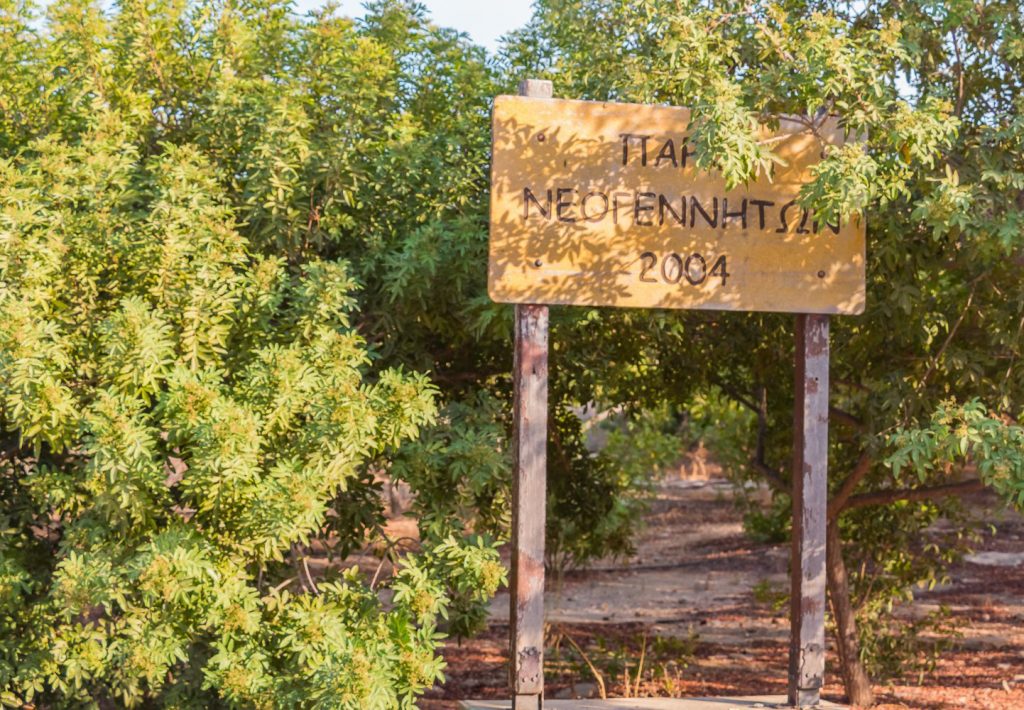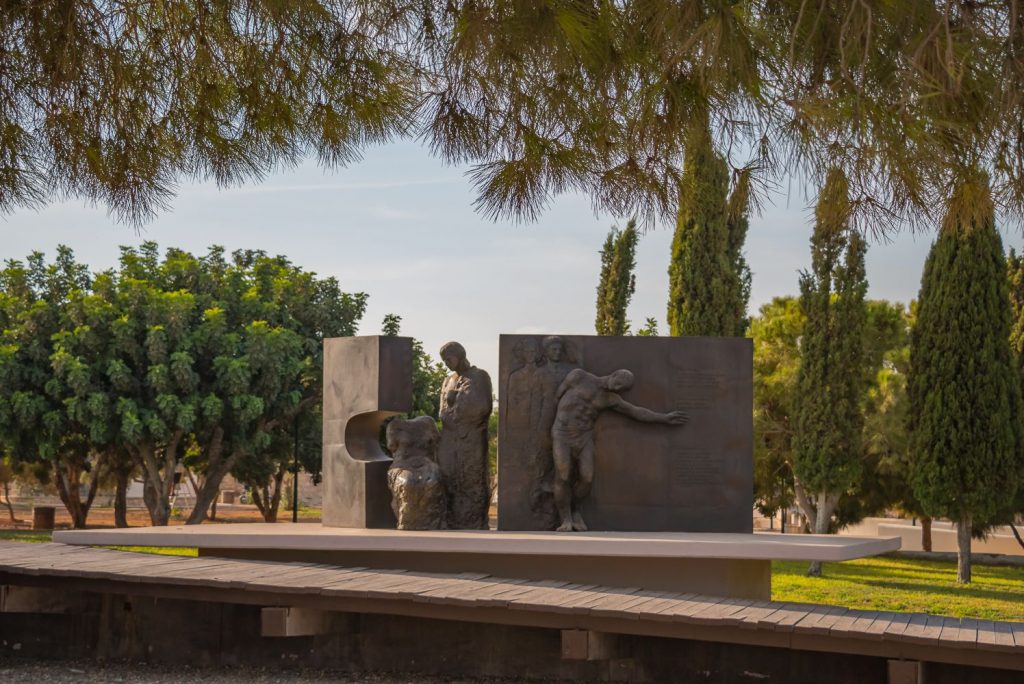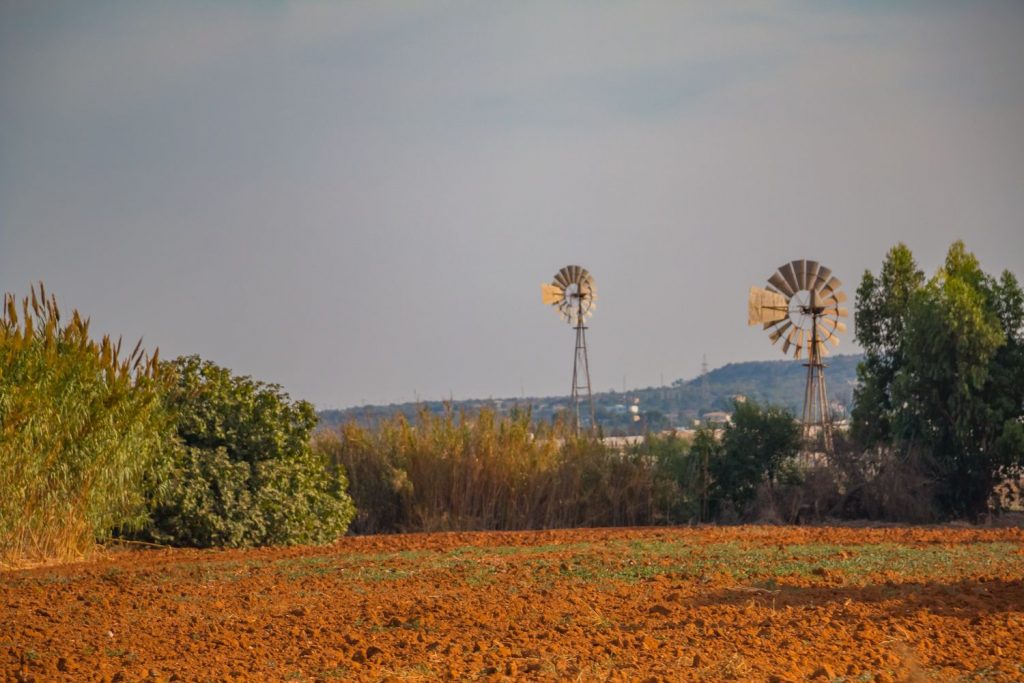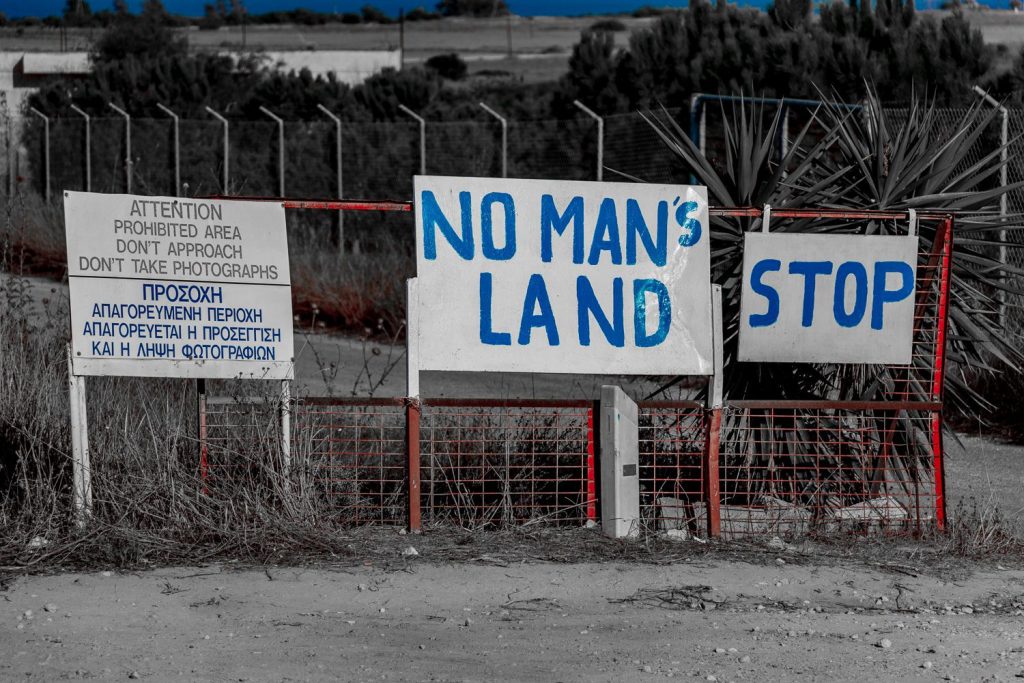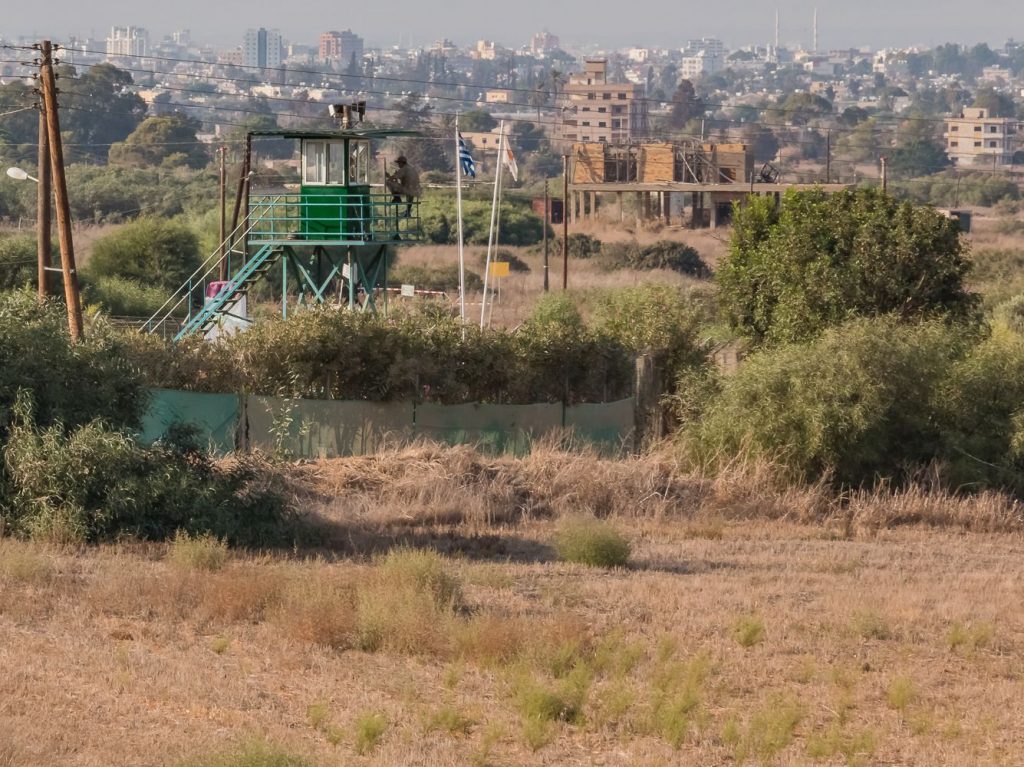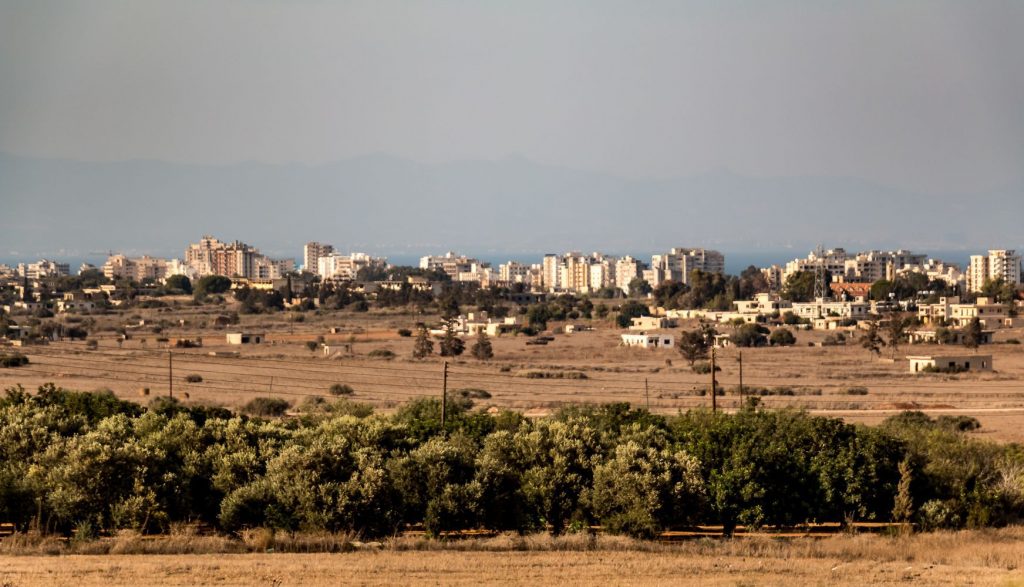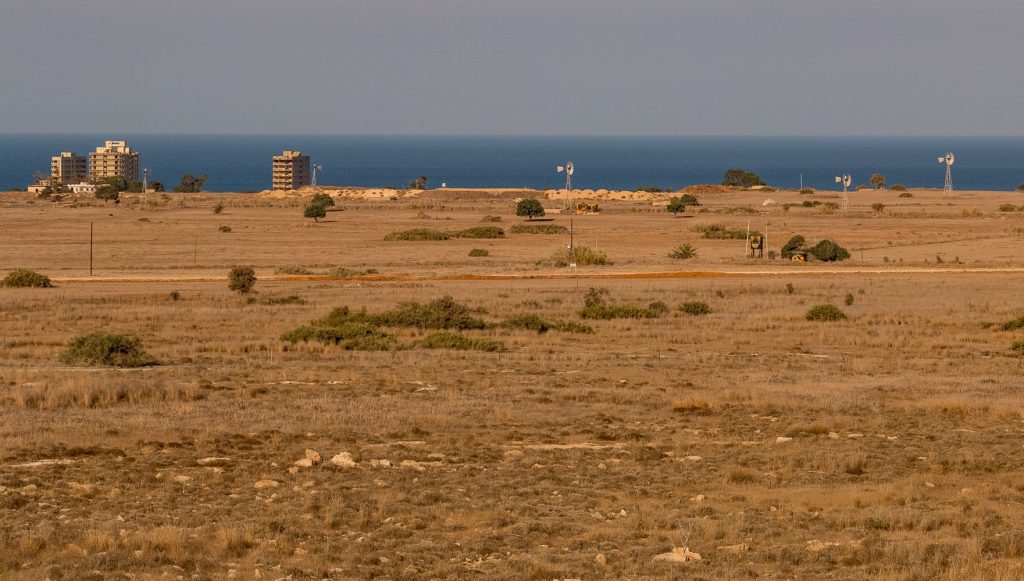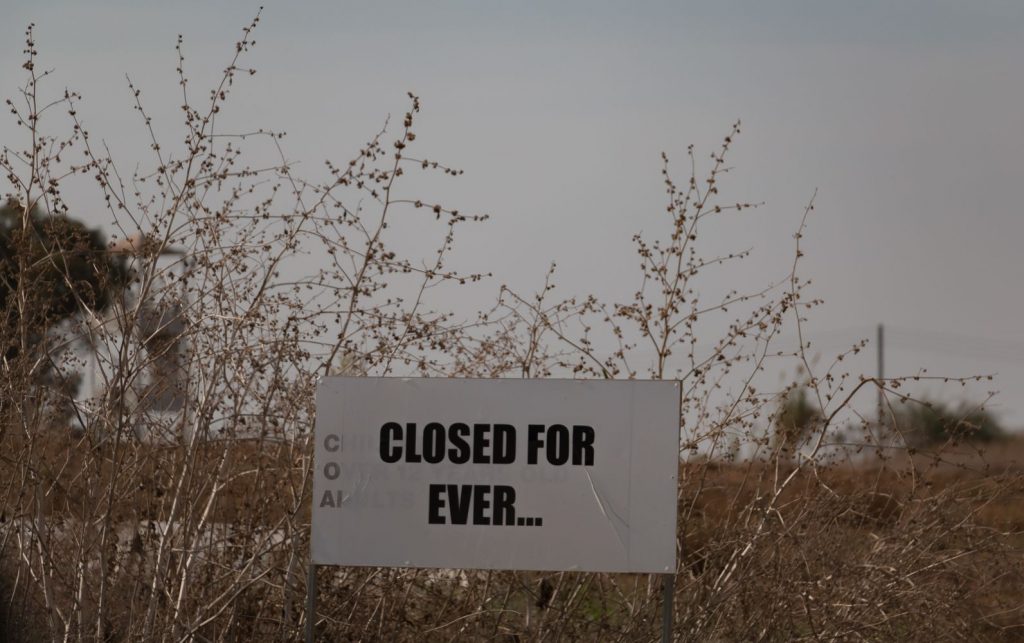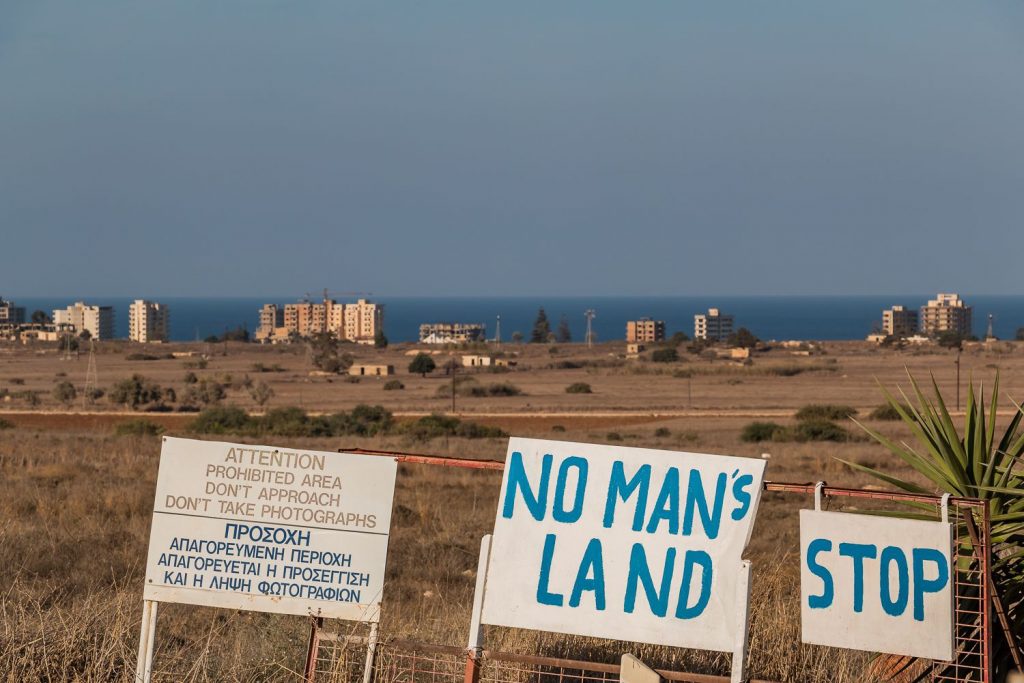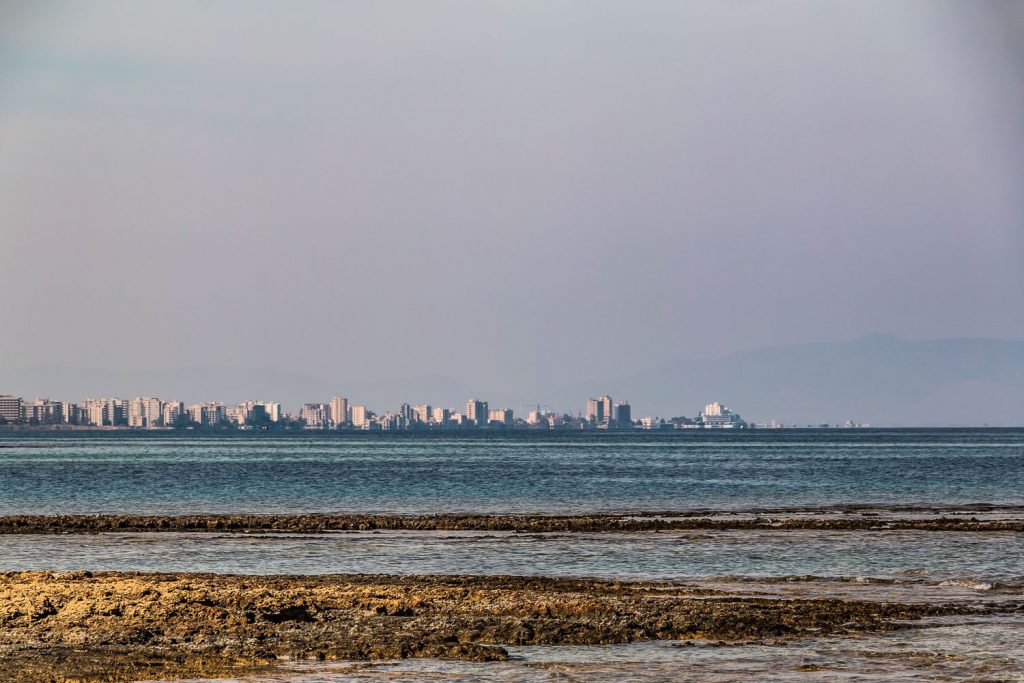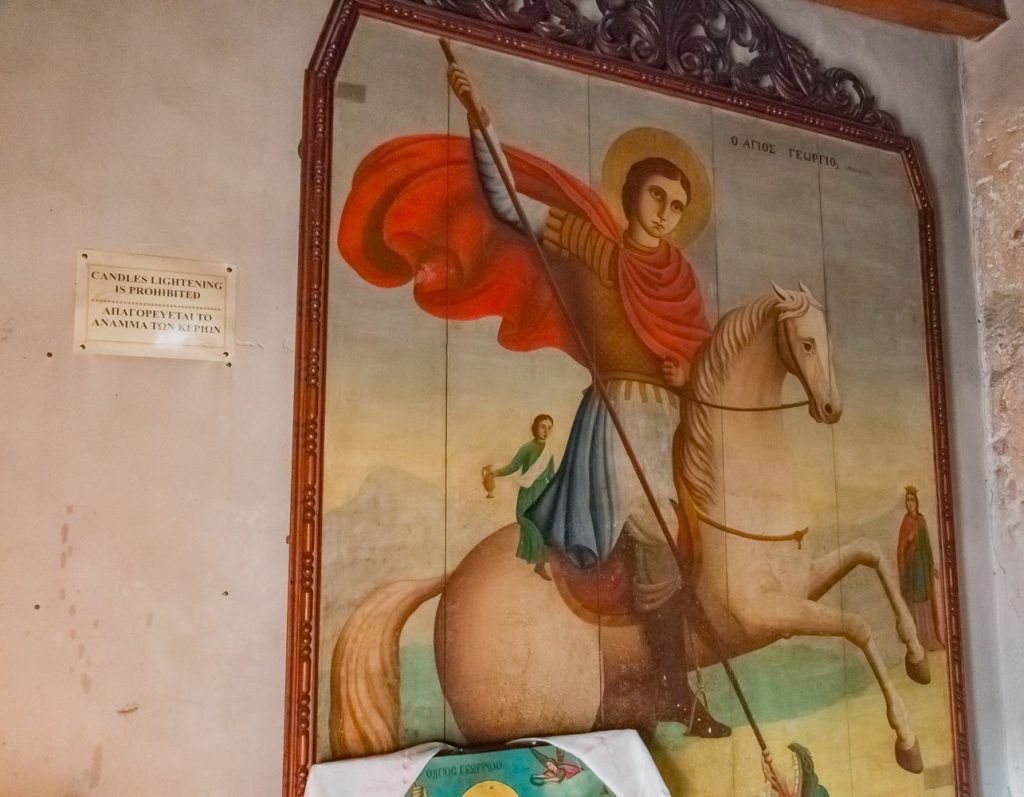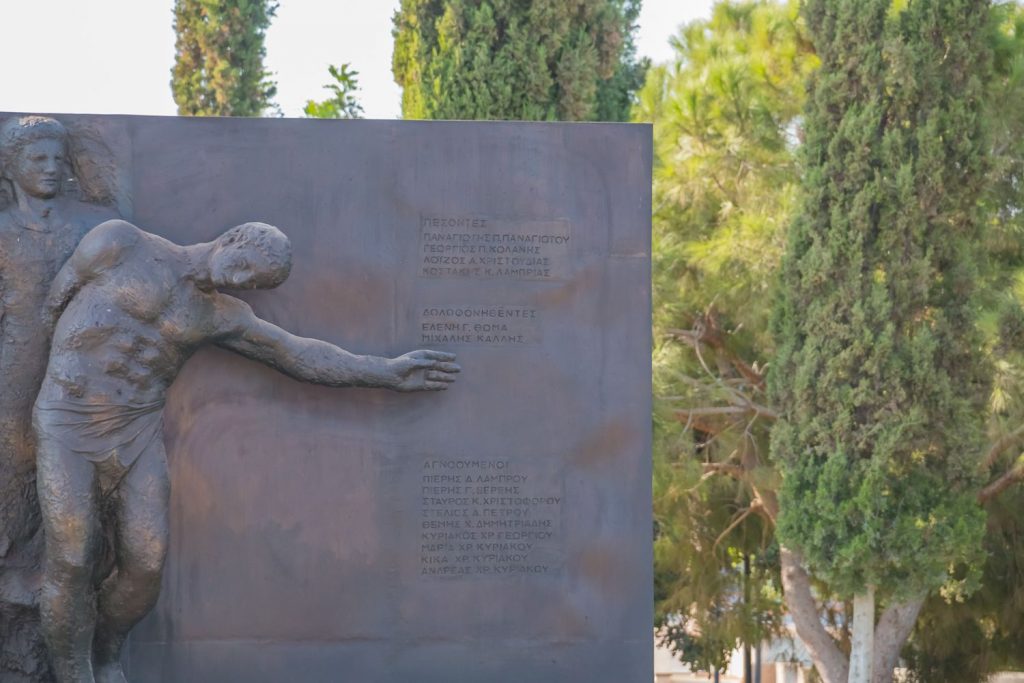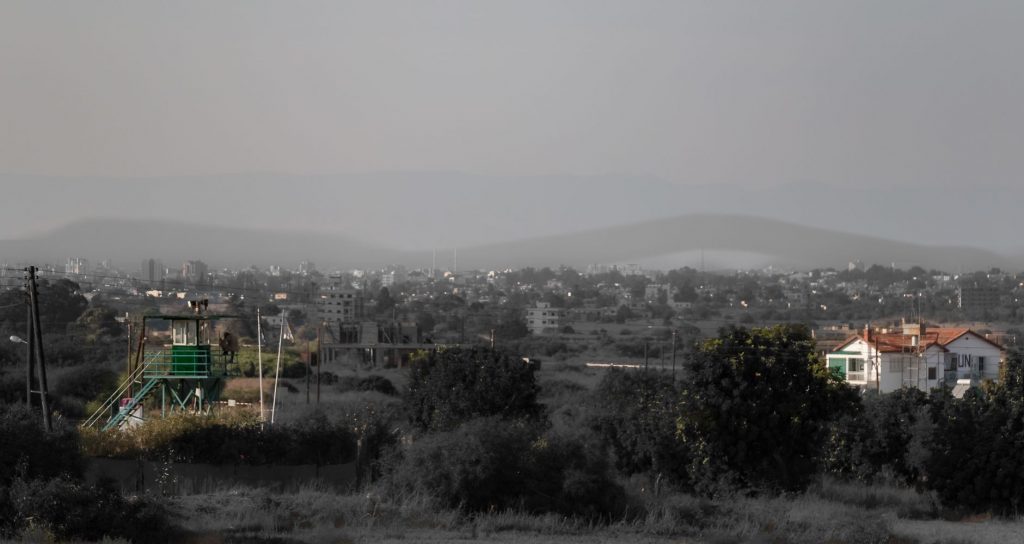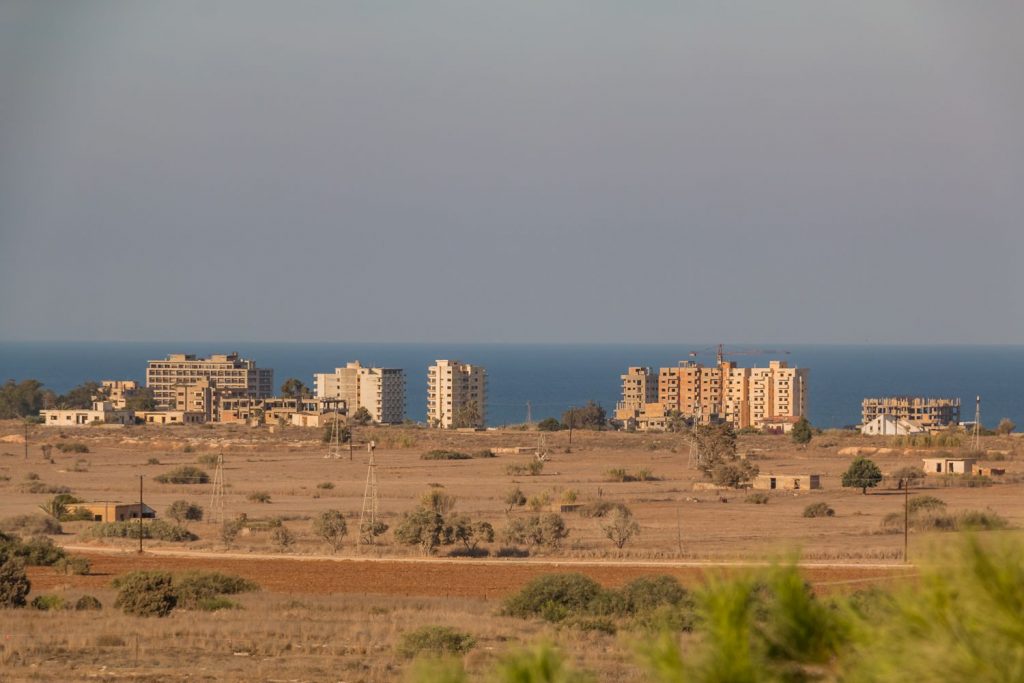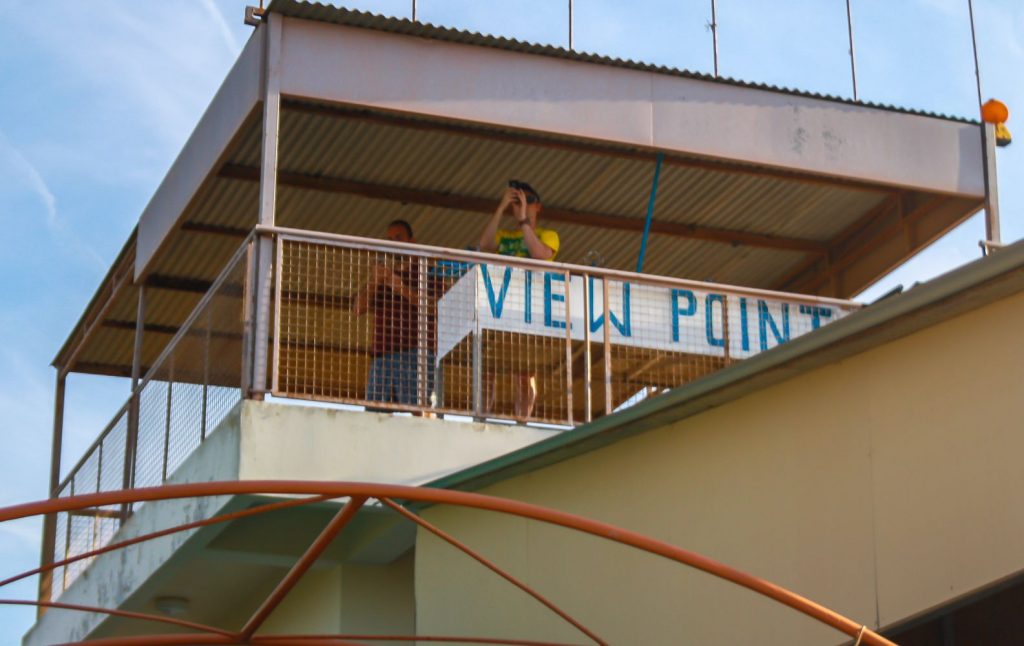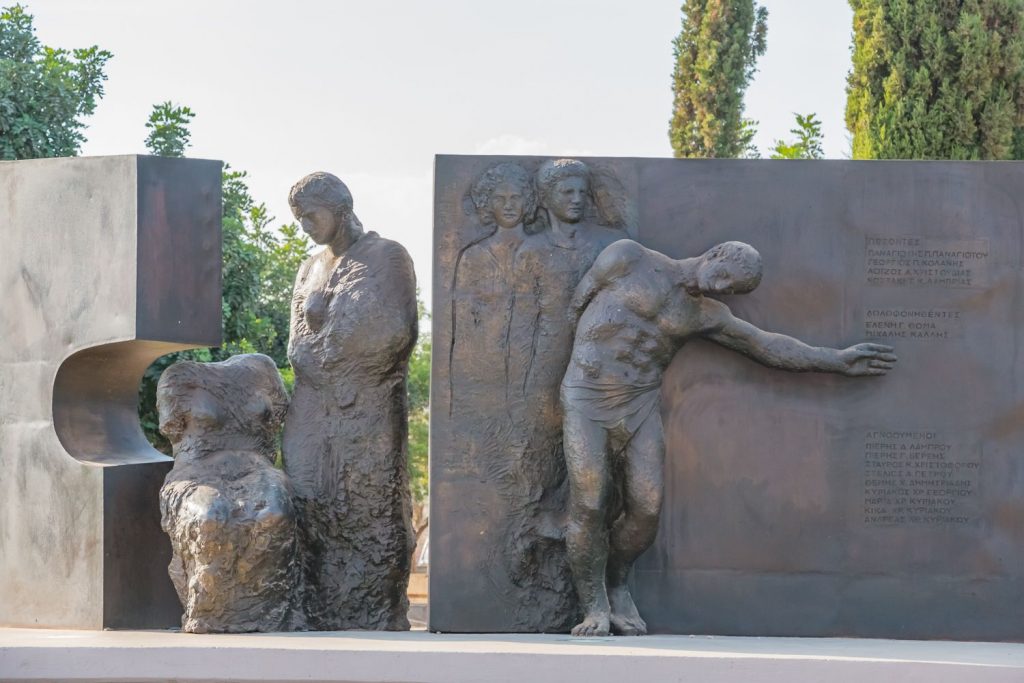Deryneia
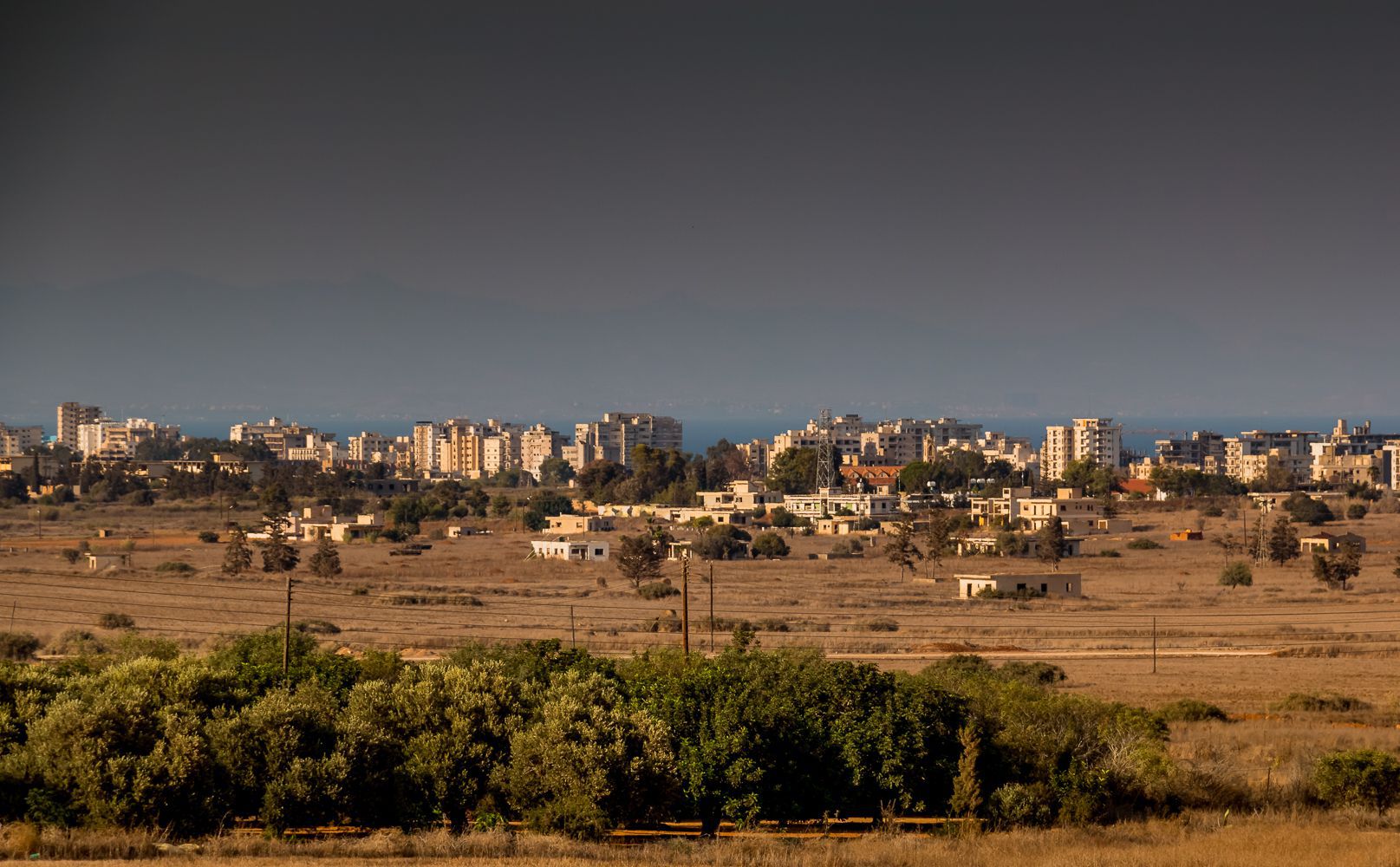
Deryneia is one of the border towns of Cyprus, situated 5 kilometers north of Paralimni, 15 kilometers northwest of Protaras and 12 kilometers north of Ayia Napa.
One of the most historic cities on the eastern coast of the island, with a large part of it situated in the Turkish occupied areas, Deryneia has been an independent municipality since 1994. 75% of the area, almost all of the arable land and the coastal zone, is under Turkish occupation since 1974, depriving her of contact with the former queen of tourism and beautiful Famagusta which today is a ghost town. After Attila, the inhabitants lost their fortunes at the parts of land occupied by the Turks, and today the wire mesh divides Cyprus into two, reminding of the tragic events that stained its land with blood.
Near the town, and more specifically on the Famagusta Avenue, the main road that used to connect until 1974 the kokkinochoria (the red villages, due to the colour of the earth) with Famagusta, is the Deryneia roadside barrier. The barricade is essentially the last piece of Greek Cypriot land with the wire mesh separating the free from the occupied zone on the island. There is also an observatory where the visitor can climb the stairs to the view point, and see the occupied Famagusta with the many huge abandoned buildings located 5 km. away. At the barricade, occasional events and protests take place, in one of which Tassos Isaac and Solomos Solomou died in 1996.
Historically, Deryneia has been inhabited since ancient times, and it is not clear where its name originated from. One version reports that Greeks from the ancient city of Geriniya, the capital of the Nestorian kingdom near Pylos of Peloponnesus, settled in the area after the Trojan War. Another version is that the name came from an English or Franco general who once camped in the “Vounos” area.
In addition to the famous roadblock, Deryneia has several monuments, sights, churches and museums. Close to the barricade is situated the Famagusta Cultural Center, which hosts the anti- occupational events of the Municipality of Famagusta and the other institutions, and has been in operation since 1998. And there is an observatory on the roof of the building where the visitor can borrow binoculars and face the occupied area and the town of Famagusta.
The visitor can also visit the Folk Museum of Deryneia, which presents the rural way of life in a traditional Cypriot home.
In front of it is the Outdoor Museum of Folk Art of Traditional Professions of Deryneia, a place designed in such a way that each room of the museum reflects a traditional occupation, such as that of a farmer, a stonemason, a fisherman and others.
The lush garden of flowers and trees, Pavlos Liasydis Municipal Park, has a playground and a small pond. It is dedicated to the folk poet Pavlos Liasydis, also hosting his bust.
The Deryneia Theme Park is located on Iroon Street and was established in 2002. A park with a children’s playground, a solar clock, a Cypriot bird area and a small café, also presents traditional ways of pumping water, such as the alakati, the windmill, the lever and the faucet. There is also the outdoor amphitheater of Deryneia, where various cultural events take place every summer.
An original park in the area is the Newborn Children’s Park, where families who have recently acquired a child come and plant a tree dedicated to their baby. Newborn Children’s Park is located at the corner of the Polytechnic and Limassol streets and Ippokratous street, near the New Famagusta General Hospital.
The central church of the settlement, Agioi Pantes, is a modern temple. The church of Panagia (Virgin Mary) is a 16th-century building, while the church of Agios Georgios (Saint George) dates back to 1500 AD. There is also the temple of Apostle Barnabas in the settlement, the temple of Saint Modestos, who is also the patron saint of the area, the church of Agios Konstantinos and the small church of Agios Antonios that once functioned as a women’s monastery. The chapel of Agia Marina is located in the dead zone and can be visited only on the day of the feast of the saint and necessarily accompanied by the United Nations personnel that is permanently in the area.
The approximately 7,500 inhabitants of Deryneia are engaged in commerce, manufacturing, crafts, and many are engaged in tourism in nearby Ayia Napa and Protaras. Farmers are engaged in the cultivation of the strawberry that holds the first place in production and covers 60% of the output of the whole of Cyprus. The first strawberry plantations for trade were grown in Deryneia since the 1950s.
Every two years, shortly before summer, the Pancyprian Strawberry Festival takes place in Deryneia with a large number of visitors from the surrounding areas as well as foreigners. There are some hotels and rooms in the area, as well as taverns with local appetizers and traditional cafes.

